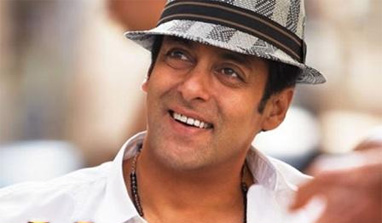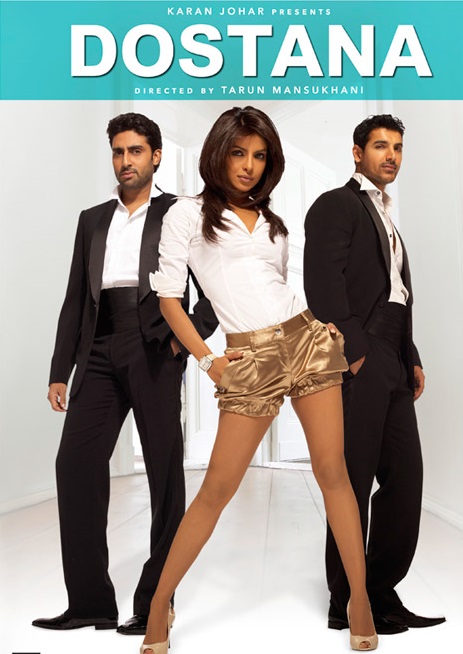 Days before the May opening of the 2012 Cannes Film Festival, the director of the first Bollywood film invited for an official screening gave a shout-out to his colleagues in a long-overlooked arm of the Indian film industry.“There’s a whole new wave in Tamil cinema,” said Anurag Kashyap, whose film Gangs of Wasseypur was screened at Cannes and the Toronto International Film Festival. “They’ve made the most extraordinary films in the last two years and, at the national level, people don’t even know about it.”
Days before the May opening of the 2012 Cannes Film Festival, the director of the first Bollywood film invited for an official screening gave a shout-out to his colleagues in a long-overlooked arm of the Indian film industry.“There’s a whole new wave in Tamil cinema,” said Anurag Kashyap, whose film Gangs of Wasseypur was screened at Cannes and the Toronto International Film Festival. “They’ve made the most extraordinary films in the last two years and, at the national level, people don’t even know about it.”
Spread across southeastern India, northeastern Sri Lanka and other parts of Southeast Asia, the Tamils number some 65 million people and possess one of the world’s oldest cultures. But in Hindi-dominated India, they — and their movies — are usually ignored or dismissed.At the international level, Tamil cinema gets even less recognition. Writers frequently confuse Mumbai’s Hindi film business, locally known as Bollywood, with the entire Indian industry. But the increasing critical and financial success of “the Other Bollywood” could soon flip that perception upside down.
Led by Tamil cinema, the South Indian film industry — which also includes movies made in the Telugu, Malayalam and Kannada languages — produced more than half of all Indian movies over five years leading into 2012.Budgets for Tamil films now rival Bollywood’s, according to a report prepared by consultant firm Deloitte Touche Tohmatsu. And the Tamil industry is emerging as a creative dynamo.
Deloitte expects the South Indian industry to grow 11 per cent a year and earn revenue of nearly $600 million by 2015, compared with Bollywood’s $2 billion-plus. And with the emergence of a nascent corporate studio system, South Indian films like 2010’s Endhiranthe Robot — a crazy sci-fi mashup featuring Rajinikanth, South India’s biggest star, that garnered around $12 million abroad, according to Deloitte — are beginning to tap the overseas market and other new revenue streams.
“With the Sri Lankans migrating to a lot of places in the world, we get to export our films even to places like Norway and Sweden, which weren’t in our map at all a few years back,” said film producer S.P.B. Charan. “Now we are pushing our films to places like Delhi and Bombay, with subtitles. That’s another market that we’re tapping into that we didn’t have before.”
Starting with Walt Disney’s 2006 purchase of a 15 per cent stake in Ronnie Screwvala’s UTV Software Communications, companies like Sony, Walt Disney, Fox and Viacom have been betting on Bollywood for the past five years, after realizing that Hindi movies continued to outsell Hollywood imports. The reason? Unlike in the U.S., more and more Indians are going to movie theaters every year, and paying higher and higher prices.Now that same motivation is driving Bollywood’s big players, and international firms, to the South.
 In May 2011, UTV Motion Pictures had eight films in Tamil, Telugu and Malayalam slated for release in the U.S., the U.K. and other foreign markets. And Sony Music Entertainment bought the catalog of Chennai-based Think Music in July 2011 to gain a 50 per cent market share in the South, giving a corporate boost to the film songs that are the meat and potatoes of India’s music industry.
In May 2011, UTV Motion Pictures had eight films in Tamil, Telugu and Malayalam slated for release in the U.S., the U.K. and other foreign markets. And Sony Music Entertainment bought the catalog of Chennai-based Think Music in July 2011 to gain a 50 per cent market share in the South, giving a corporate boost to the film songs that are the meat and potatoes of India’s music industry.
But it’s the creative energy of the Tamil industry that’s making waves. Over the past five years, Tamil remakes like Wanted, Ready, and Bodyguard were responsible for the comeback of the ever-shirtless Hindi star Salman Khan, even as his muscles turned to fat.Three of the top 10 grossing Bollywood films of 2011 were remakes of Tamil blockbusters. And Bollywood’s biggest star, Shah Rukh Khan, is slated to star in two Tamil remakes this year.
What’s happening is a simultaneous revolution and counterrevolution. Over the past decade, mainstream Bollywood movies have increasingly focused on the elite, shifting stories to foreign locales and focusing on scripts about modern subjects like live-in relationships (Salaam Namaste) and homosexuality (Dostana). But these films were alien to a huge part of the audience, including lower income groups in metropolitan cities and more conservative people in smaller towns.
Meanwhile, in the South, the masala or “spicy” potboiler formula — a beefy hero, two heroines, five fight scenes, six songs, and a surrealist disregard for logic or the laws of physics — never went out of style. The Tamil industry’s thriving “star culture” assured that diehard fans might see a movie 30 or 40 times just to see Rajinikanth play the hero.
At the same time, so-called “new wave” Tamil movies have recently earned critical acclaim. In 2011, Aadukalam (or Arena in Tamil) swept India’s national awards, while in 2012, Azhagarsamiyin Kudhirai (Azhagarsamiyin’s Horse) was named the year’s best popular film and Aaranya Kaandam (Jungle Chapter) won a national award for best first film, along with the Grand Jury Award for Best Film at the South Asian Film Festival. The result is that the South, once the butt of jokes in Hindi movies, is now the epitome of cool.